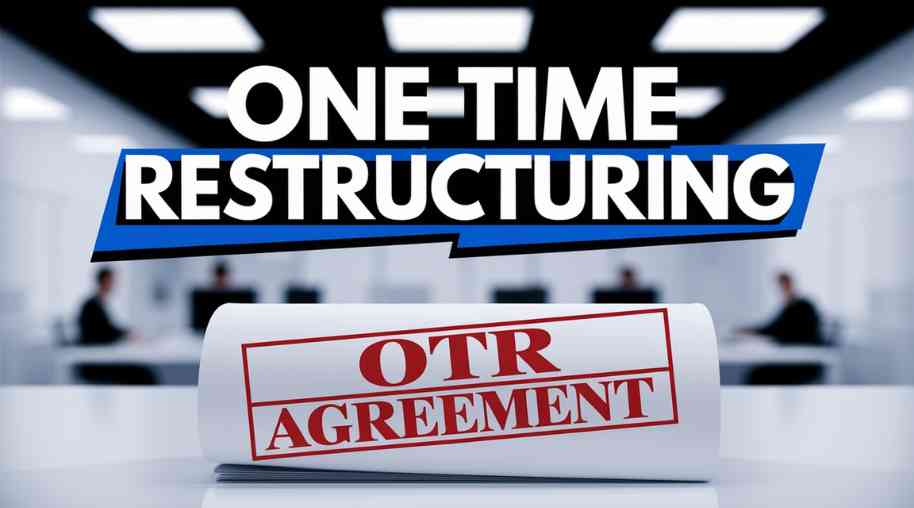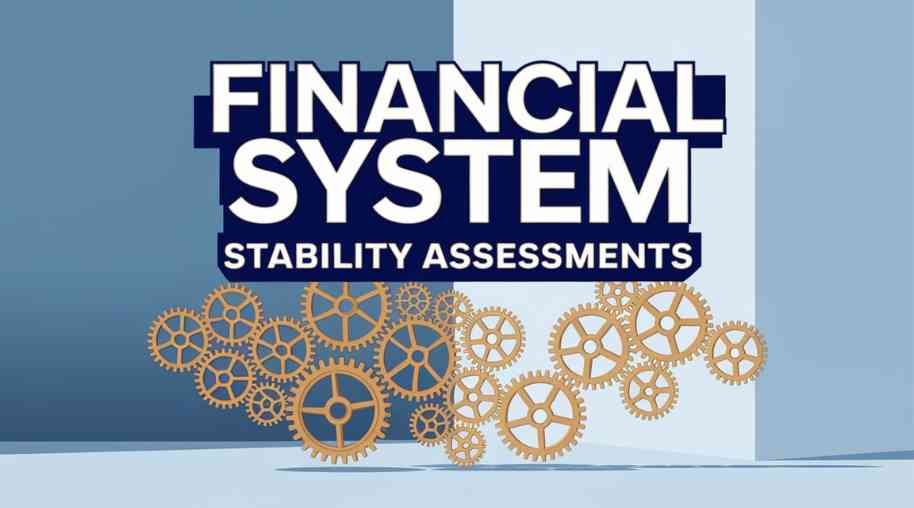OTR Full Form-One Time Restructuring
by Shashi Gaherwar
0 1018
One-Time Restructuring (OTR): A Lifeline for Financial Stability
Introduction
One-Time Restructuring (OTR) is a financial relief mechanism that allows borrowers to renegotiate the terms of their loans in response to economic hardships. It is commonly introduced during financial crises or economic downturns, enabling individuals, businesses, and financial institutions to mitigate loan defaults and sustain economic stability.

The concept gained significant attention during the COVID-19 pandemic when regulatory bodies such as the Reserve Bank of India (RBI) introduced OTR guidelines to assist borrowers facing financial distress. By restructuring debt obligations, OTR provides temporary relief while maintaining the overall health of the banking sector.
This article explores the significance, process, benefits, risks, and regulatory framework of One-Time Restructuring in financial management.
Understanding One-Time Restructuring (OTR)
One-Time Restructuring refers to a policy where borrowers and lenders mutually agree to revise loan terms, such as extending repayment periods, reducing interest rates, or converting outstanding debt into equity. Unlike regular loan restructuring, OTR is a special measure taken during extraordinary economic conditions to prevent mass defaults and financial instability.
OTR is particularly beneficial for businesses that experience temporary cash flow constraints but have a viable long-term business model. It enables them to continue operations without facing bankruptcy or asset liquidation.
Key Features of One-Time Restructuring
1. Temporary Relief Measure: OTR is typically implemented as a one-time solution during financial crises.
2. Applicable to Multiple Sectors: It applies to individuals, MSMEs (Micro, Small, and Medium Enterprises), and large corporations.
3. Regulatory Framework: Implemented under the supervision of financial regulators like the RBI, ensuring compliance and transparency.
4. Restructuring Flexibility: Loan modifications may include extended tenure, revised repayment schedules, interest waivers, or partial debt forgiveness.
5. Impact on Credit Score: While restructuring can prevent default, it may still impact credit ratings based on the lender’s reporting policies.
The Process of One-Time Restructuring
The OTR process generally follows a structured framework to ensure fair implementation. The key steps involved are:
1. Identification of Eligible Borrowers
• Financial institutions assess borrowers who are struggling due to genuine economic disruptions.
• Eligibility criteria are defined based on income, outstanding debt, and repayment history.
2. Application and Evaluation
• Borrowers submit applications along with financial statements proving distress.
• Banks conduct due diligence to determine the viability of restructuring.
3. Loan Restructuring Proposal
• Based on the evaluation, lenders propose revised loan terms, such as lower interest rates, deferred payments, or tenure extensions.
4. Agreement Between Borrower and Lender
• Once both parties agree, a formal agreement is signed outlining the new repayment structure.
• Collateral or additional guarantees may be required in some cases.
5. Monitoring and Compliance
• Borrowers are required to adhere to the revised repayment schedule.
• Lenders regularly monitor financial performance to ensure compliance.
Benefits of One-Time Restructuring
One-Time Restructuring offers several advantages for both borrowers and lenders, including:
For Borrowers:
• Avoidance of Default: Helps prevent loan defaults and legal consequences.
• Financial Stability: Provides breathing space to recover from temporary financial distress.
• Improved Cash Flow Management: Allows businesses to allocate funds to essential operations rather than debt repayment.
• Preservation of Creditworthiness: Although credit scores may be impacted, restructuring is better than being categorized as a defaulter.
For Lenders:
• Reduction in Non-Performing Assets (NPAs): Prevents loans from becoming NPAs, maintaining financial health.
• Sustained Customer Relationships: Strengthens long-term client relationships by supporting borrowers in difficult times.
• Regulatory Compliance: Aligns with government and regulatory efforts to stabilize the economy.
Risks and Challenges of One-Time Restructuring
While OTR is a crucial tool for financial relief, it is not without risks:
1. Moral Hazard: Some borrowers might misuse OTR provisions, delaying payments despite having the capacity to repay.
2. Impact on Credit Score: While it prevents defaults, a restructuring label can affect credit ratings, making future borrowing difficult.
3. Increased Risk for Lenders: Banks and financial institutions bear additional risk if restructured loans turn into bad debts.
4. Liquidity Issues: If a large number of loans undergo restructuring, banks may face liquidity challenges, affecting new lending activities.
5. Regulatory Constraints: Governments and regulators may impose strict guidelines on restructuring, limiting flexibility for banks.
One-Time Restructuring in India: The RBI Framework
In India, the Reserve Bank of India (RBI) introduced OTR schemes during the COVID-19 pandemic to mitigate financial distress. Key highlights include:
• Eligibility: Borrowers affected by COVID-19, including MSMEs, corporate borrowers, and personal loan holders.
• Implementation Period: Limited-time window for availing restructuring, typically announced during economic crises.
• Lender’s Role: Banks were required to assess the financial viability of borrowers before approving restructuring.
• Credit Rating Impact: Restructured accounts were categorized based on risk assessment, impacting borrowers' credit scores.
• Sector-Specific Relief: Industries like aviation, hospitality, and real estate were given priority due to severe financial impact.
The RBI’s OTR scheme helped stabilize the financial sector and provided much-needed relief to struggling businesses and individuals.
The Future of One-Time Restructuring
Given the unpredictable nature of economic downturns, OTR remains an essential financial tool. Looking ahead, the following trends are expected:
1. Digital Transformation in Loan Management: Banks may implement AI-driven risk assessment tools for restructuring approvals.
2. Stronger Regulatory Oversight: Authorities may impose stricter compliance measures to prevent misuse of OTR schemes.
3. Targeted Restructuring Programs: Future OTR frameworks may focus on specific industries or borrower segments for effective financial relief.
4. Enhanced Credit Monitoring: Financial institutions will likely integrate advanced credit monitoring systems to track restructured loans more effectively.
One-Time Restructuring (OTR) plays a pivotal role in maintaining financial stability during economic distress. By allowing borrowers to modify loan terms, OTR provides essential relief to individuals and businesses while helping financial institutions manage risks and non-performing assets.
However, OTR must be carefully implemented with adequate regulatory oversight to prevent misuse and ensure long-term financial health. As economies evolve, OTR frameworks will continue to adapt, supporting sustainable debt management and economic resilience.
For borrowers, understanding the benefits and risks of OTR is crucial in making informed financial decisions. Meanwhile, lenders must balance flexibility with risk management to ensure mutual financial security.

Share:








Comments
Waiting for your comments